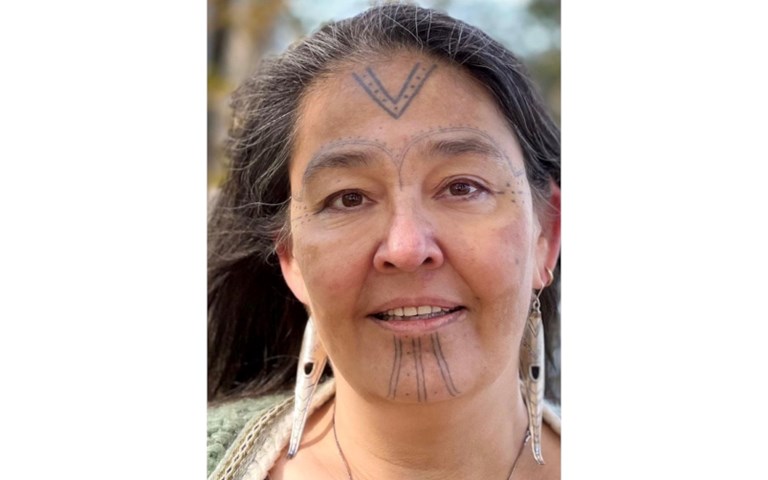The Mandela Effect—And Your False Memories—Are Real, Scientists Confirm
Tim Newcomb - Yesterday


© University of ChicagoDo you swear the Fruit of the Loom logo had a cornucopia? Totally sure it was called the Berenstein Bears? You, too, are a victim of the Mandela Effect.
In new research, scientists prove that the Visual Mandela Effect—a consistent, confident, and widespread false memory—occurs with famous icons.
University of Chicago scholars say this is the first scientific study of the internet phenomenon.
It shows a consistency in both what people remember and what they misremember.
We’re confident in what we remember. We’re also consistently wrong, and that doesn’t seem to impact our beliefs. Exhibit A: Try to pick the correct version of the logos or characters in the image at the top of this story. (The answer key is at the end of this story).
Got some wrong? Congratulations, you’re experiencing the internet phenomenon known as the Visual Mandela Effect—a consistent, confident, and widespread false memory. It’s named for Nelson Mandela, the first president of South Africa and an anti-apartheid activist. Mandela didn’t die until 2013, but plenty of people swore he died in prison in the 1980s, which was simply not true.
The Visual Mandela Effect recently took a scientific turn when a pair of University of Chicago scholars put together the first scientific study of the phenomenon. What they found furthers the theory that there’s a consistency in what people misremember. The study is available in preprint and forthcoming in the journal Psy
When asked to describe Rich Uncle Pennybags—we’re mind-blown that his name isn’t Mr. Monopoly—people often gave him a monocle (spoiler alert: that’s one of those false memories). Then you’ve got Pikachu, the Pokémon character, who is often described as having a black tip on the end of his tail. Also not true. How would you describe the Fruit of the Loom logo? If you add a cornucopia behind the fruit you’re not alone, but you’re also wrong.
“This effect is really fascinating because it reveals that there are these consistencies across people in false memories that they have for images they’ve actually never seen,” Wilma Bainbridge, an assistant professor at the University of Chicago’s Department of Psychology, and one of the authors of the new paper, says in a news release.
Related video: Mandela effect: A theory that proves alternate realities?
Using online discussions of the Visual Mandela Effect as motivation, the researchers grabbed 40 popular culture logos and icons and then added two false counterparts. The researchers often tweaked one of the two incorrect options away from what was commonly misremembered to help test theories.
They wanted to figure out how widespread and consistent the Visual Mandela Effect was and search for underlying causes, quantifying how common the false memory images were in the world and experimenting to see if people spontaneously produce the errors. For example, if asked to draw an image from memory, do they make the same errors as when picking out the proper logo through recognition?
“We found that there really is a strong effect where people are reporting a false memory for an image they actually have never seen—because you’ve never seen Pikachu with a black tip on the tail,” Bainbridge says. “What’s more is that people tend to be very confident in picking this wrong image. And they also report that they’re pretty familiar with characters like Pikachu, yet they still make these errors.”
The researchers don’t offer up a sole reason for the phenomenon, but they’ve eliminated some theories. First, they don’t believe people are looking at images differently, because even when viewing a correct version, people often gravitate toward the mistaken option. And they don’t think we’re simply filling in information that’s missing based on our associations, which is known as schema theory.
If you want to explain away us giving Rich Uncle Pennybags a monocle because we associated old richness with a monocle, that doesn’t help explain why we falsely give the Fruit of the Loom logo the not-so-common cornucopia.
“They could have picked the correct Fruit of the Loom logo, the Fruit of the Loom logo with the cornucopia, or the Fruit of the Loom logo with a plate underneath it,” Prasad says. “The fact that they chose cornucopia over plate, when plates are more frequently associated with fruit, is evidence against the idea that it’s just the schema theory explaining it.”
Eliminating some theories isn’t helping the researchers land on the actual reasons for the Visual Mandela Effect. “You would think that because all of us have our own individual experiences throughout our lives that we’d all have these idiosyncratic differences in our memories,” Bainbridge says. “But surprisingly, we find that we tend to remember the same faces and pictures as each other. This consistency in our memories is really powerful, because this means that I can know how memorable certain pictures are, I could quantify it. I could even manipulate the memorability of an image.”
That leads to the idea of manipulating the creation of false memories, which Bainbridge says has interesting implications in terms of logo design, photo selections for advertisements, and how we remember educational materials. “You don’t want them to misremember information,” she says. “And that actually relates a lot to some other important topics right now, including what images are used in the media.”
So, while Curious George not having a tail, C-3PO having a silver leg, and Waldo of Where’s Waldo fame holding a cane may not be all that important, understanding the deeper science behind this scientific phenomenon could be. Just remember, Rich Uncle Pennybags doesn’t need glasses. Or a monocle.
Answer Key:
Curious George: Left (no tail)
Where’s Waldo: Center (holding cane)
Fruit of the Loom: Left (no plate or cornucopia)
Mr. Monopoly: Right (no glasses or monocle)
Pikachu: Left (brown coloring at base of tail)
C-3PO: Center (silver leg)









